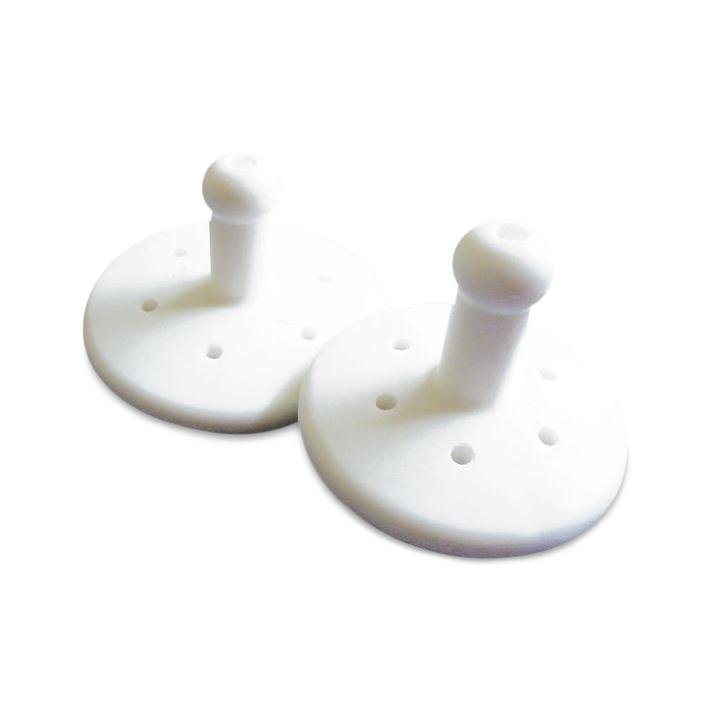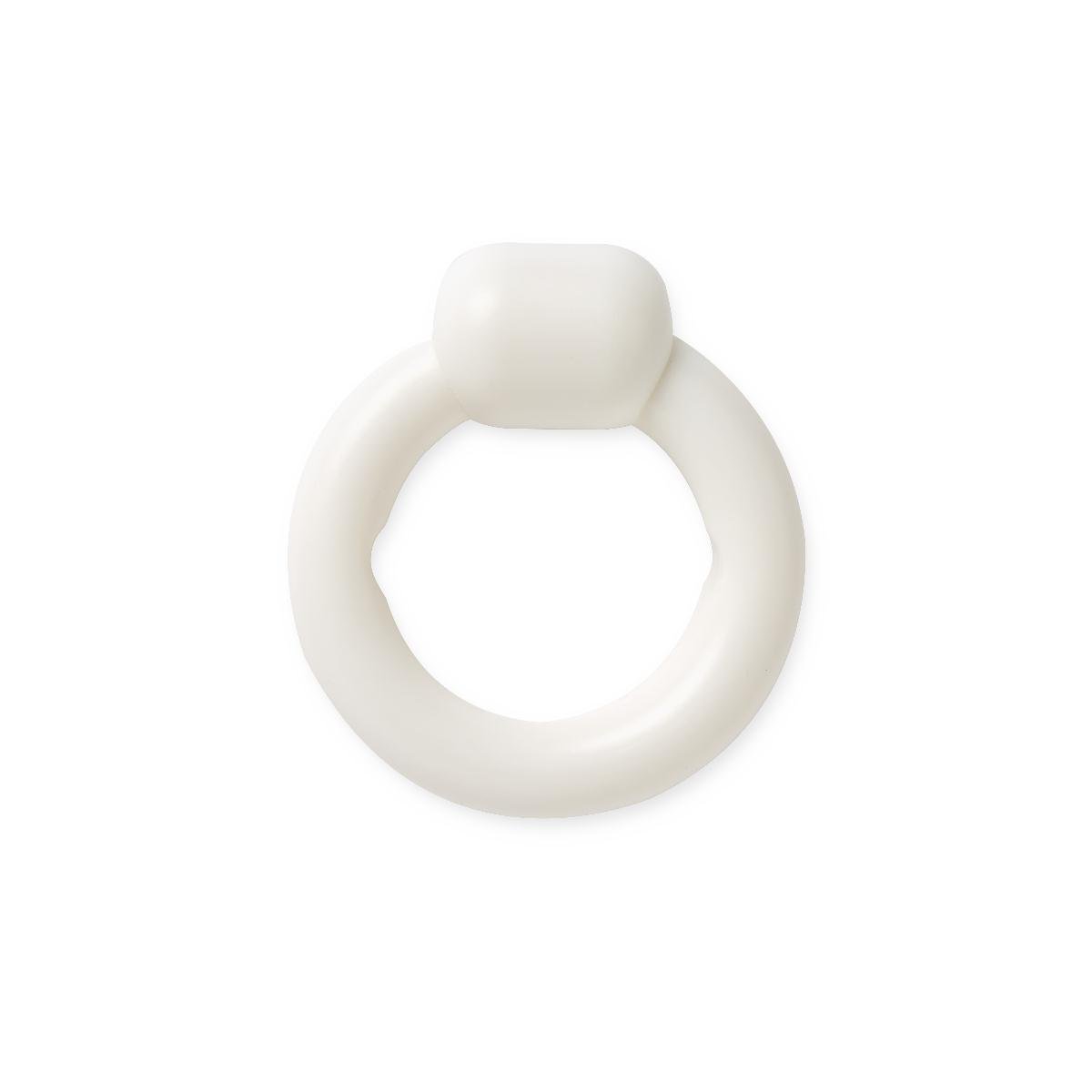
Pessary clinic
When the pelvic floor muscles are weakened, women are at risk for pelvic organ prolapse and/or incontinence. This can be managed conservatively with pelvic floor physiotherapy +/- pessary support. A pessary is a non-surgical way to treat pelvic organ prolapse and sometimes incontinence.
-
What is a pessary?
A pessary is a soft, flexible device that is placed in the vagina to help support the bladder, vagina, uterus, and/or rectum and sometimes improve incontinence. Pessaries come in many different shapes and sizes and require a fitting process for best results.
What are side effects or complications with pessaries?
Increased vaginal discharge. This can be managed with use of vaginal estrogen and regular pessary cleaning. Rarely, if discharge persists and is associated with an odour or change in discharge colour, an antibiotic might be required.
Worsening incontinence: report this on your follow-up visit as a refit might be needed.
Vaginal bleeding : pessary needs to be removed and vaginal tissues need to be inspected.
Pelvic pain: pessary needs to be removed and fitting reassessed.
Pessary falls out: can try to reinsert it and then report this incident on the follow-up appointment.
-
Pessary fitting process
During the initial appointment patients get to try 1 or more pessaries with the goal to improve the most bothersome symptoms. Patients get the chance to walk around with the pessary for 5-10 minutes and see if it feels comfortable. If we find the right fit, patients can then pay for the one device they will leave our clinic with.
After the initial fitting appointment a follow-up appointment in 2-4 weeks is required. During this appointment we will check your vaginal tissues to make sure that are no erosions from pessary use and teach you how to remove, insert and care for your pessary.
The pessary is the right fit if: it does not feel uncomfortable, patients bear down and the pessary does not fall out and they do not have any difficulty voiding or having a bowel movement.
-
Private pay
Pessary devices are not covered under Alberta Health Care funding.
PRICE LIST:
Pessary device: $120/device
Pessary removal hook: 70$
-
Sexual intercourse and pessary
The pessary may be left in or may be removed before intercourse, depending on individual comfort level. This is a trial and error process. Some style pessaries must be removed before intercourse.
-
Bowel movements
Most women wearing a pessary have no trouble or interference when having bowel movements. Women who tend to be constipated may have some problems. It is important that patients keep the stools soft and regular. Some women may find it necessary to remove their pessary before they have a bowel movement.
-
Pessary replacement
If any tearing or cracking is noticed on the pessary or if it becomes difficult to bed or insert or if the pessary is heavily stained, it may need to be replaced.
Ring type pessaries
Ring pessaries are used for mild, grade 1 and 2 prolapse, and for mild urinary incontinence.
Incontinence rings or rings with knob are more geared towards improving stress urinary incontinence.
Shaatz pessaries are used for moderate, grade 2, prolapse.
Cube pessaries
Cube pessaries are used for more advanced, grade 2 and 3, prolapse. They have an ancillary loop that helps with pessary removal.
These particular pessaries offer great support with its increased suction on vaginal tissues and they need to be removed and cleaned daily.
Gellhorn pessaries
Gellhorn pessaries are used for more advanced, grade 2 and 3, prolapse.
Pessary types
TO BOOK AN APPOINTMENT for a pessary fitting or cleaning patients can email us directly at info@fullwomensclinic.ca OR get referred by a physician or nurse practitioner by using our referral form.






